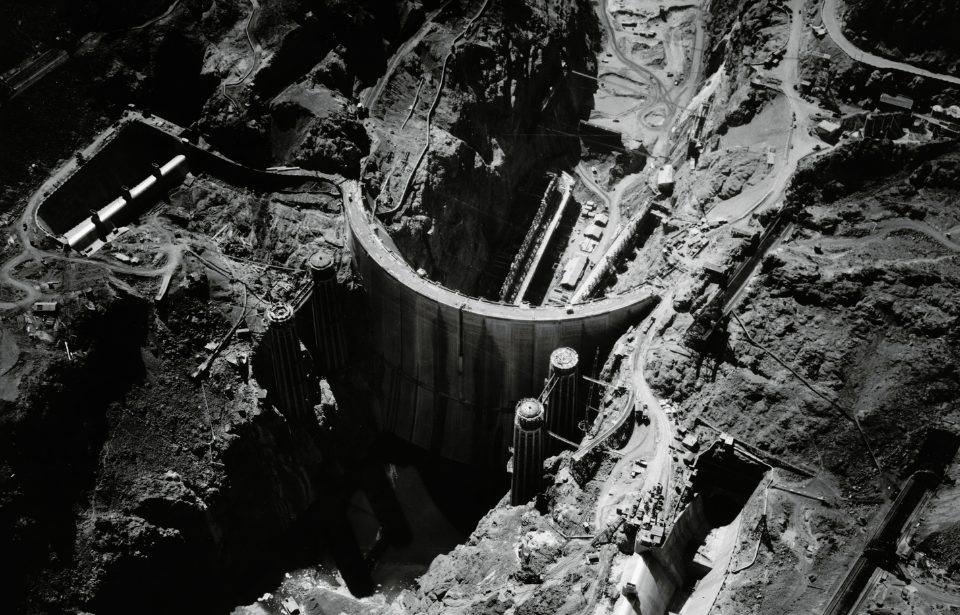Humankind has engineered outstanding structures for thousands and thousands of years. The construction of ancient structures such as the pyramids of Egypt still continues to puzzle engineers. Here, we have gathered up 10 modern engineering marvels that push the boundaries of human innovation and defy all odds of what can be accomplished when people put their minds to something.
1. Transcontinental Railroad
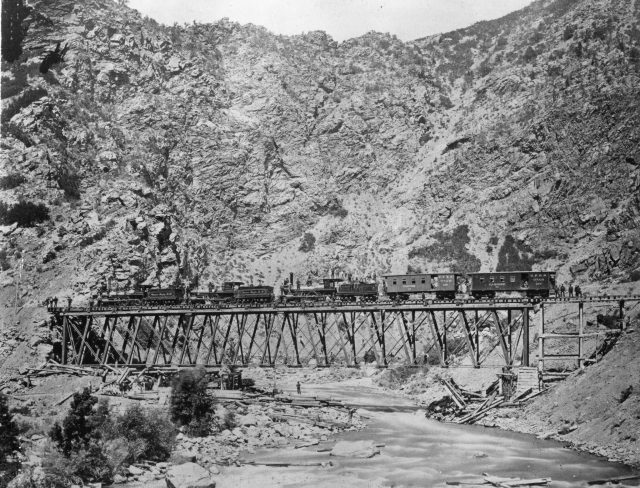
The Pacific Railroad Act of 1862 officially authorized the construction of a transcontinental railroad across America. The Central Pacific Railroad Company laid tracks eastward from Sacramento, California, while the Union Pacific Railroad Company laid tracks, moving west from Omaha, Nebraska.
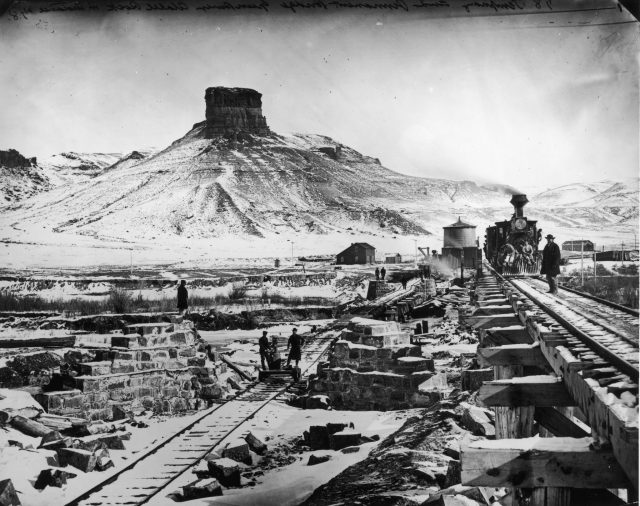
The Transcontinental Railroad was essential in facilitating US westward expansion. The Railroad was completed in 1869, and cut both cost and travel time. Before the building of the Transcontinental Railroad, it cost nearly $1,000 to travel across the country. After the completion of the railroad, it only cost $150 to travel across the country. Similarly, the travel time was cut from months to get across the country to under a week.
2. New York Subway System
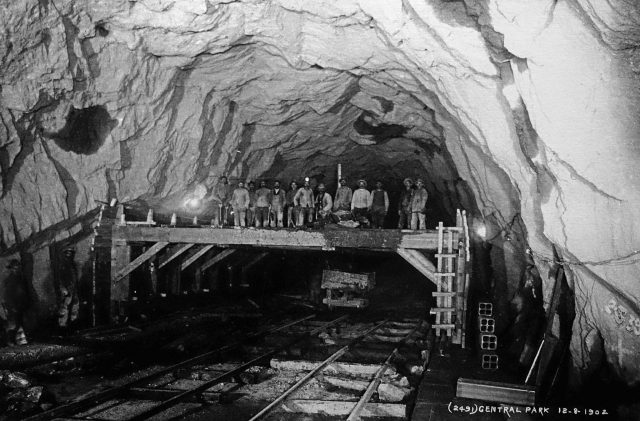
Boston was the first city to open a subway transit system in 1897. Seven years later, in 1904, New York City followed suit, opening the first subway line in the city. Wooden planking and bridges covered the construction so that normal traffic was not disrupted while the subway was being built.
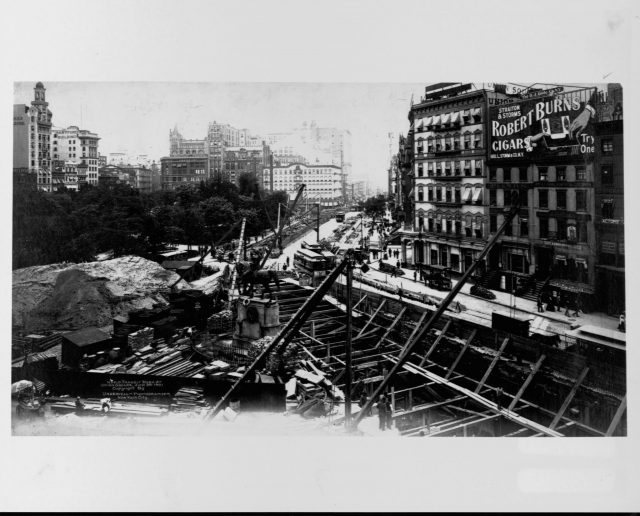
The American subway systems used electrically powered trains when the subway lines opened, while the London subway system still used steam-powered trains. The New York City Subway is now the largest rapid transit system in the world, with 472 stations in operation.
3. Hoover Dam
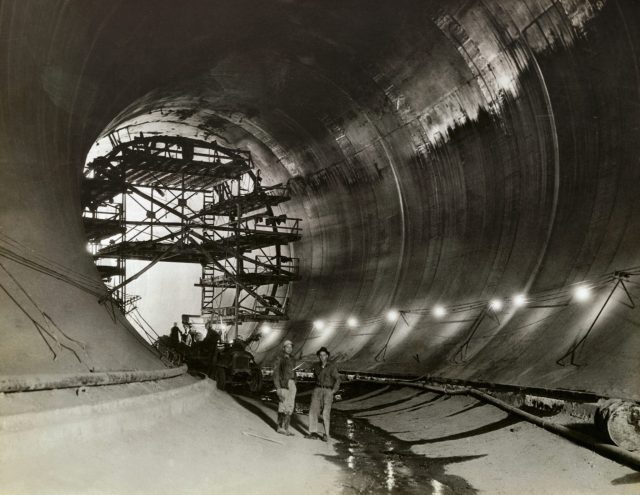
There was no other project like the construction of the Hoover Dam in the 1930s. Planning the Dam took over 30 years of research, lobbying, organizing, and designing before ground even broke on the project. The actual construction of the Dam took place between 1931 to 1936.
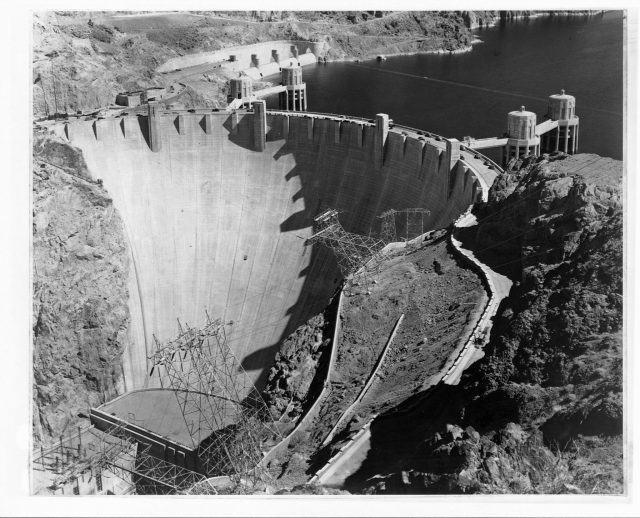
During the 1930s, there was no one company big enough to take on construction of the Hoover Dam. Six construction companies joined together to form Six Companies Inc. A total of 96 people died during construction, and no bodies were buried within the concrete, despite what different stories claim. The Hoover Dam allowed for various cities such as Las Vegas and Phoenix to be established.
4. Panama Canal
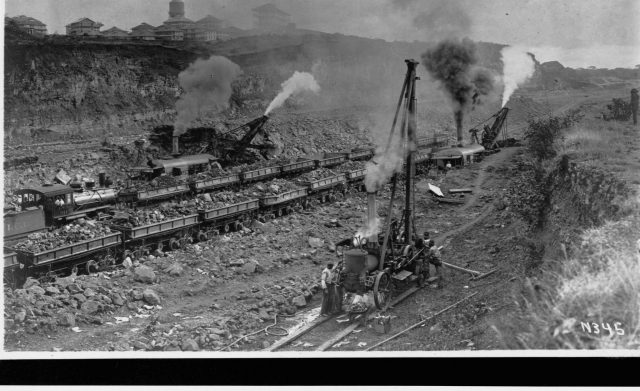
The Panama Canal links the Atlantic Ocean and the Pacific Ocean together. The United States began construction of the Canal in 1904, after a French attempt to link the two oceans together failed in 1880. The Canal was completed ten years later and officially opened in 1914.
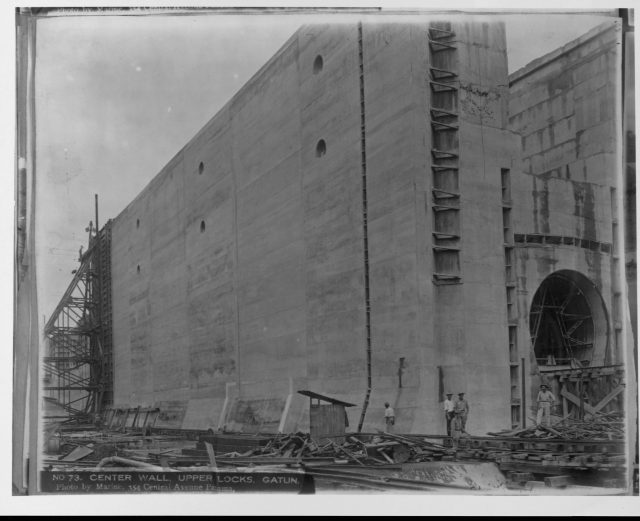
The creation of the Panama Canal completely transformed global trade routes when it first opened. However, individuals working on the Canal faced a number of different tropical diseases, including malaria and yellow fever. It is estimated that ten percent of the 56,000 people who worked on the Canal died. In 1999, the country of Panama assumed full control of the Canal.
5. Golden Gate Bridge
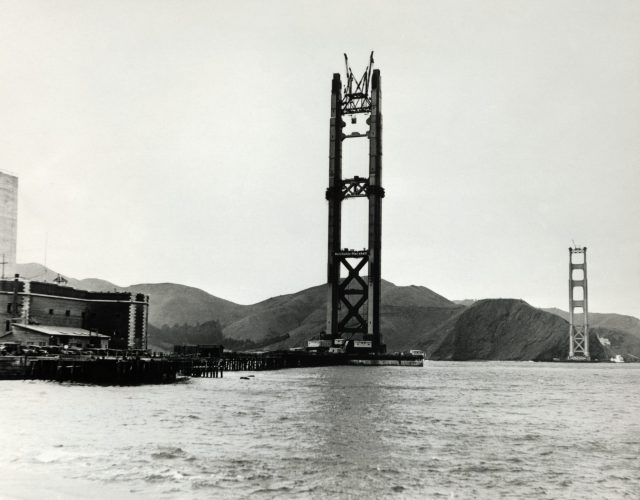
Named one of the Seven Wonders of the Modern World, the Golden Gate Bridge first opened in 1937. For 27 years, it was the world’s longest suspension bridge, containing enough cable to circle the globe three times. The bridge was designed to be able to move more than two feet laterally to be able to withstand strong winds.
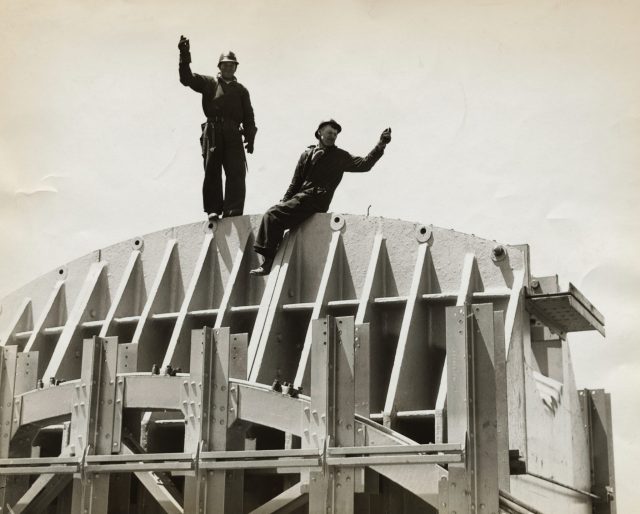
Construction on the Golden Gate Bridge was launched new safety procedures for construction workers building bridges. Construction workers were required to wear hard hats for the first time, and a safety net was suspended under the bridge deck to catch workers if they fell. This net ended up saving the lives of 19 workers.
6. Empire State Building
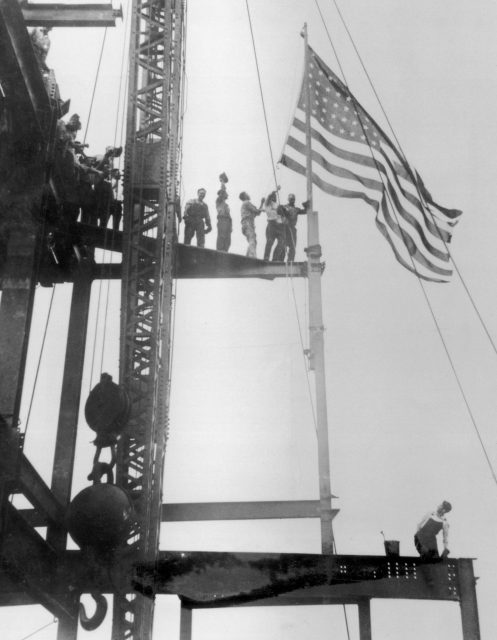
After its completion in 1931, the Empire State Building was the tallest building in the world until 1971. In 1972, One World Trade Center officially opened, which replaced the Empire State Building as the world’s tallest structure. The Empire State Building was the result of a race to create the world’s tallest building.
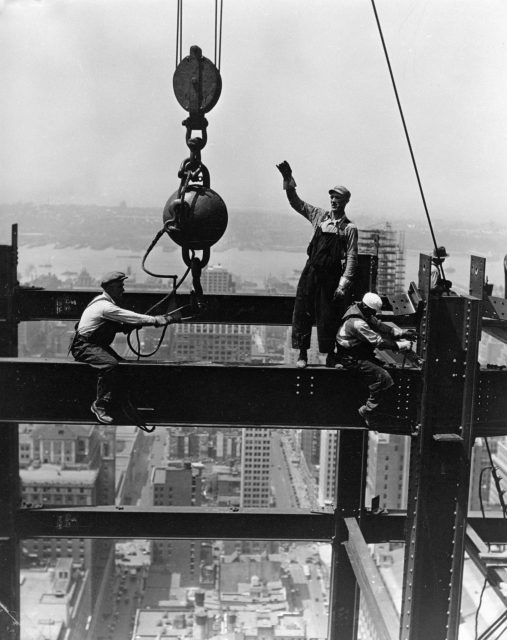
Despite its size, and the size of the project in general, the design, planning, and construction of the Empire State Building took just 20 months from start to finish. However, the Empire State Building was completed in the middle of the Great Depression, and was initially considered a financial flop as it was primarily designed to house corporate New York offices. The upper half of the Empire State Building remained vacant for most of the 1930s. It wasn’t until the Second World War that the building was able to turn a profit.
7. United States Interstate Highway System
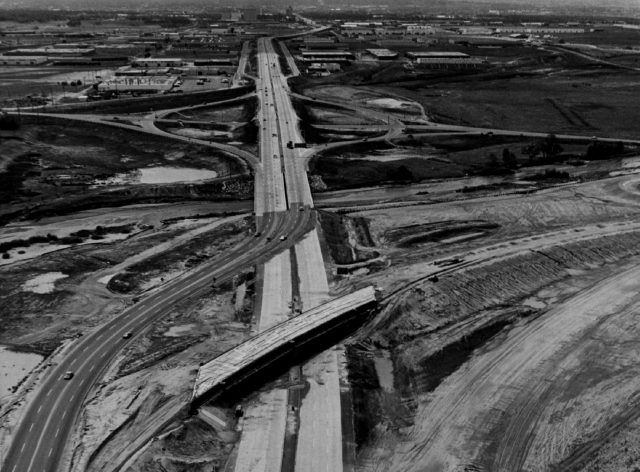
After seeing how effective the German autobahn network was for moving German troops during the Second World War, President Dwight D. Eisenhower signed the Federal-Aid Highway Act of 1956, which created the largest public works project in world history. The Federal-Aid Highway Act authorized the construction of a 41,000-mile network of highways that would connect different states together.
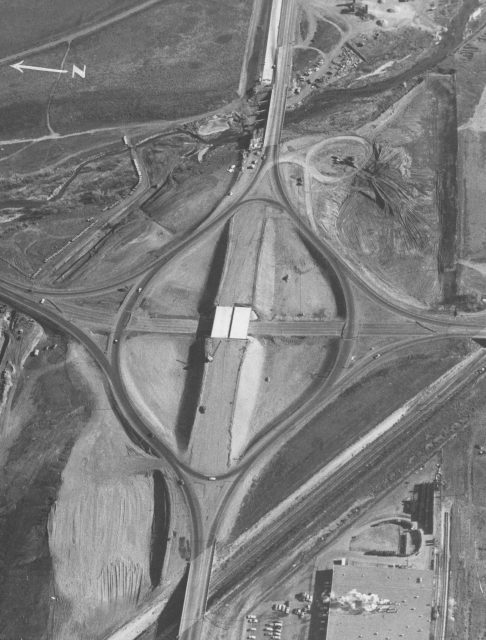
The construction and necessity of the Interstate Highway System reflected societal fears at the time. The Interstate Highway System was intended to strengthen national defenses and allow for a smooth and quick evacuation of major cities in the case of a Cold War atomic attack. The Interstate Highway System is more than 46,000 miles long and played a major role in the growth of American suburbs during the 1960s.
8. Channel Tunnel
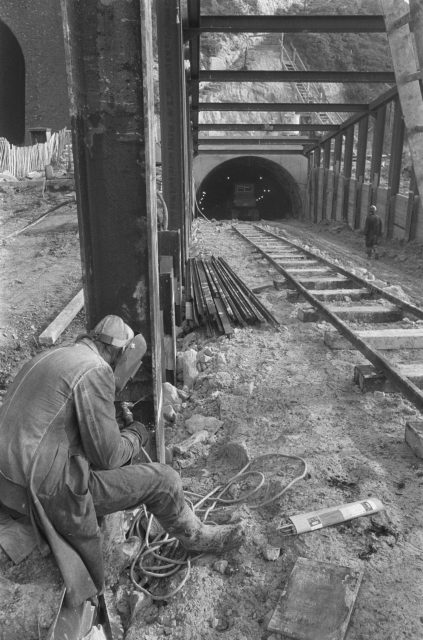
Completed in 1994, the Channel Tunnel links together Great Britain and Europe. As it stands, the Channel Tunnel is the longest undersea tunnel in the world. The Channel Tunnel is comprised of three tunnels that run parallel to each other. On average, the tunnels are about 45 meters below the sea bed.
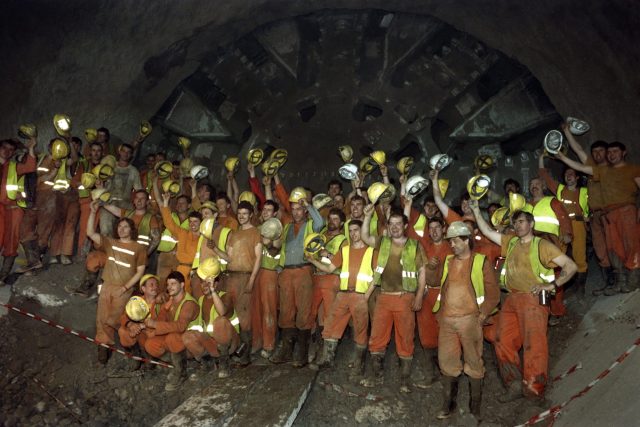
on May 22, 1991 during the link-up in the North gallery of the Channel Tunnel. (Photo Credit: Pierre Very/ Getty Images)
The Channel Tunnel was chosen as one of the Seven Modern Wonders of the World in 1994. The Channel drastically cut travel times between Britain and mainland Europe. For example, prior to the opening of the Channel Tunnel, it took between six and seven hours by train and ferry to get from London, England to Paris, France. Trains using the Channel Tunnel can now make the same trip in only two and a half hours.
9. Itaipu Dam
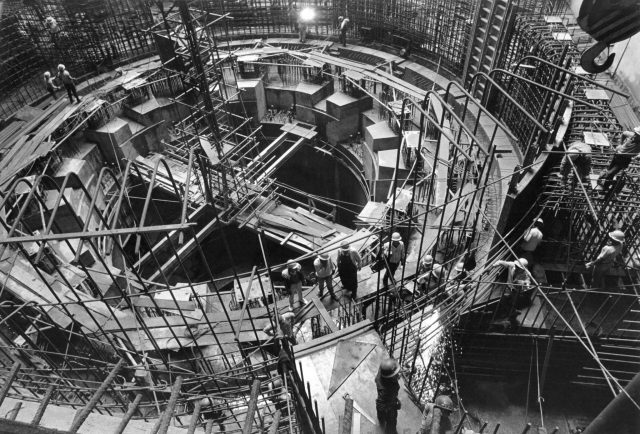
The Itaipu Dam is one of the world’s largest hydroelectric projects. The dam has 20 massive turbine generators, which are capable of generating 14,000 megawatts of electricity. The dam was built as a joint venture between Paraguay and Brazil, and was completed in 1991 after nearly 18 years of construction.
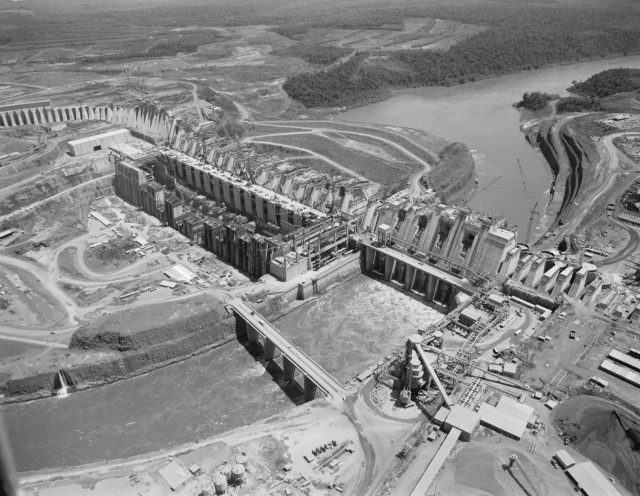
Engineers went with a hollow gravity dam for the design because it required less concrete than a solid gravity dam. The Itaipu Dam provides Brazil with 25% of its energy supply, and 78% of Paraguay’s energy supply.
10. Dubai Tower
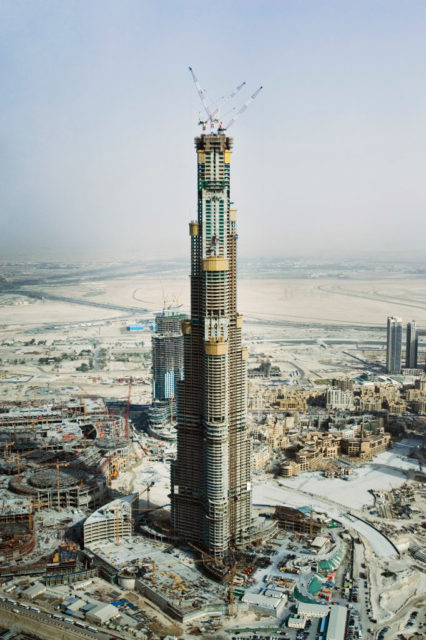
The Dubai Tower, also known as the Burj Khalifa, is no stranger to world records. The 2,717 foot-tall tower currently is the tallest building, and the tallest free-standing structure, in the world. It is nearly twice as tall as the Empire State Building.
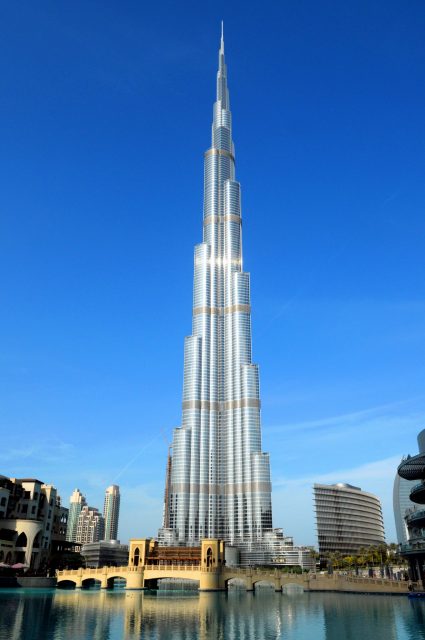
More from us: At least 96 workers lost their lives during the construction of the Hoover Dam
A lot of the construction on the Dubai Tower was done at night. Most of the concrete had to be pumped 2,000 feet straight upward once the sun went down and the temperature cooled off.
